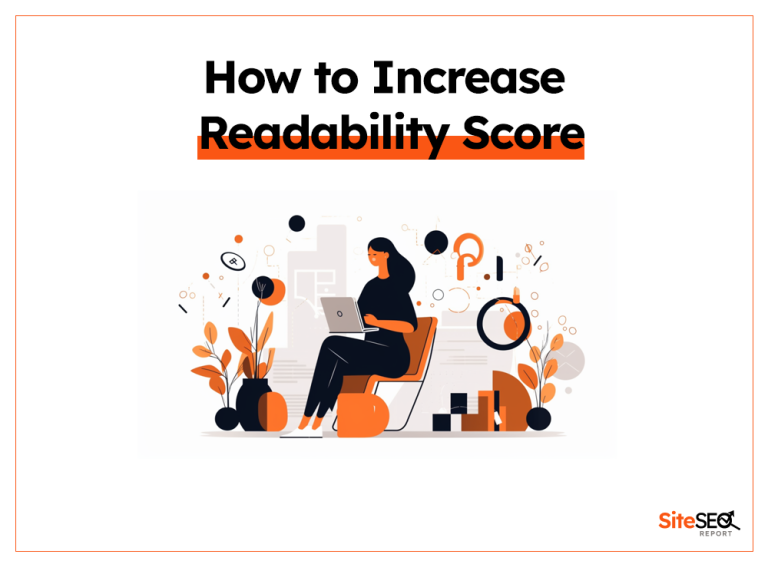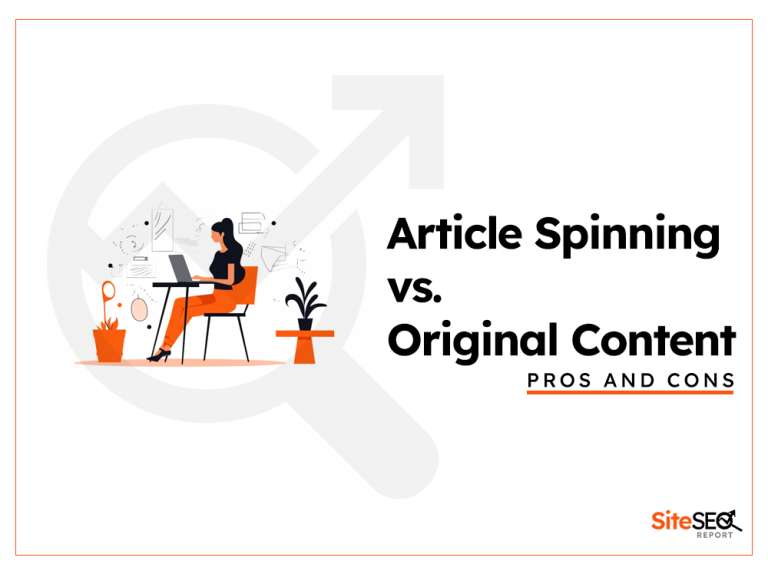Bounce rate is a metric every website owner needs to understand. It provides insight into user engagement, offers a glimpse into user behavior, and can influence how well a site performs in search rankings.
What is Bounce Rate?
A bounce is when a visitor accesses a single page on your website and then leaves without interacting further. Consequently, the bounce rate is the percentage of your visitors who bounce off after viewing just one page.
For instance, if 100 people visit your website and 60 of them leave after viewing only one page, your bounce rate is 60%.
Why is Bounce Rate Important?
1. User Engagement
When visitors stay on your site for a longer duration, it implies they find your content relevant and engaging. A high bounce rate might suggest the opposite.
2. Web Analytics
Using tools that focus on web analytics, such as Google Analytics, you can get a clearer picture of your bounce rate and derive actionable insights.
3. SEO Ranking
Search engines want to deliver the best results to users. A high bounce rate might signal that your site doesn’t offer relevant or quality content, which can impact SEO rankings.
Factors Influencing Bounce Rate
Understanding the various elements affecting your bounce rate can help you improve your site’s performance.
User Experience (UX)
If visitors find your site challenging to navigate or the design unappealing, they’re likely to leave sooner, increasing your bounce rate. Invest in intuitive design to enhance UX.
Website Performance
Slow-loading pages can deter visitors. Ensure your website loads quickly, especially on mobile devices. Check out this guide on improving site performance.
Content Relevance
Ensure your content matches the expectations set by your SEO titles and descriptions. Misleading titles can result in a quick exit.
How to Reduce Bounce Rate
1. Optimize for Mobile
With an increasing number of users accessing websites via mobile, ensure your site is mobile-responsive. Consider the differences in mobile vs desktop bounce rate comparison.
2. Engage Your Audience
Engaging content, interactive elements, and clear CTAs can encourage users to stay and explore more.
3. Use High-Quality External Links
Linking to high DA sites can add value to your content and improve user trust.
Bounce Rate vs. Other Metrics
Bounce Rate vs. Exit Rate
While bounce rate deals with single-page sessions, the exit rate pertains to the percentage of exits from a page after multiple-page sessions. It’s crucial to understand the difference.
Conversion Rate
A site can have a high bounce rate but still have a good conversion rate, especially if most conversions occur on the landing page.
FAQs
What’s a good bounce rate?
Typically, a bounce rate between 25% to 40% is excellent. However, this can vary by industry.
Why is my bounce rate so high?
Multiple reasons, such as slow loading time, irrelevant content, or poor UX design, can contribute.
How does bounce rate affect my SEO?
While Google has not explicitly confirmed it, many SEO professionals believe a high bounce rate can negatively impact rankings.
Can tools help analyze and improve bounce rate?
Yes, tools like Google Analytics can provide insights, and solutions like Hotjar can suggest improvements.
Are there bounce rate benchmarks by industry?
Yes, each industry can have different average bounce rates. E-commerce sites, for example, might have different expectations than blogs.
Should I be worried if my homepage has a high bounce rate?
Not always. If your homepage serves information quickly, visitors might leave satisfied.
How does page speed influence bounce rate?
Slow-loading pages can deter visitors, leading to a higher bounce rate.
Is bounce rate more important for mobile vs desktop?
Both are essential, but with increasing mobile users, optimizing for mobile is crucial.
Does user behavior differ by device concerning bounce rate?
Yes, mobile users might have less patience for slow-loading sites or non-responsive designs.
Can I reduce my bounce rate without changing content?
While content is king, improvements in UX design, page speed, and mobile optimization can help.
Remember, while bounce rate is an essential metric, it’s just one of many. Always consider the broader context when analyzing website performance.






